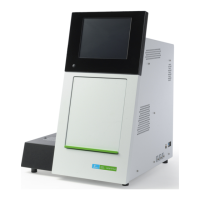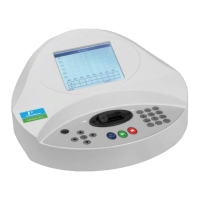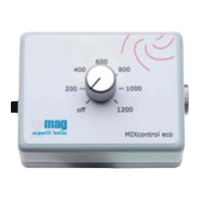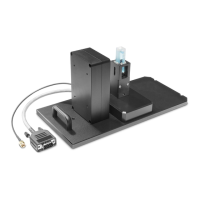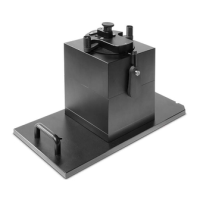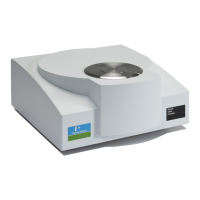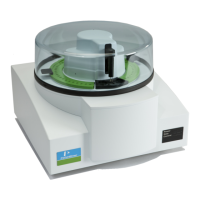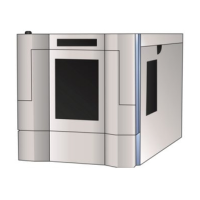Data Analysis 48
V4.2 LabChip GX User Manual PerkinElmer
How the Software Analyzes Protein Data
(Continued)
7 Before calculating either the protein size or concentration, the
sample data is processed relative to the two ladders that
bracket every 12 samples. First, all of the data is aligned to the
lower marker and then stretched, relative to the highest
molecular weight protein in the ladder.
8 The concentration of the sample proteins is determined relative
to the bracketed ladders. There are seven proteins in the ladder
(not including the lower marker). The ladder concentration can
be changed on the Analysis Tab (see page 189).
9 If a titer is being used, the ladder is not used for quantization.
Instead, peak sample areas are normalized using the lower
marker and then quantization is performed using the titer
standard curve to convert normalized area to concentration; see
“Titer” on page 328.
NOTES
• The seven proteins are assumed to represent the average
staining behavior of proteins and are used to determine an
average peak area per g/mL of protein. This factor is used to
convert sample peak areas into relative concentration. The total
relative concentration of all proteins is calculated by addition of
the relative concentration of the individual proteins and is
displayed in the Well Table View (see page 172).
• Since the conversion factor is determined for each ladder, the
factor can be linearly interpolated for each sample and thus
account for any assay drift.
• The software allows you to define the lower marker. Changing
the selection of the marker will lead to quantitative changes in
the calibration procedure, and therefore in the entire data
evaluation.
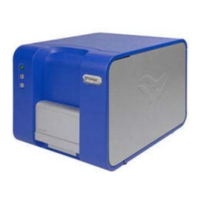
